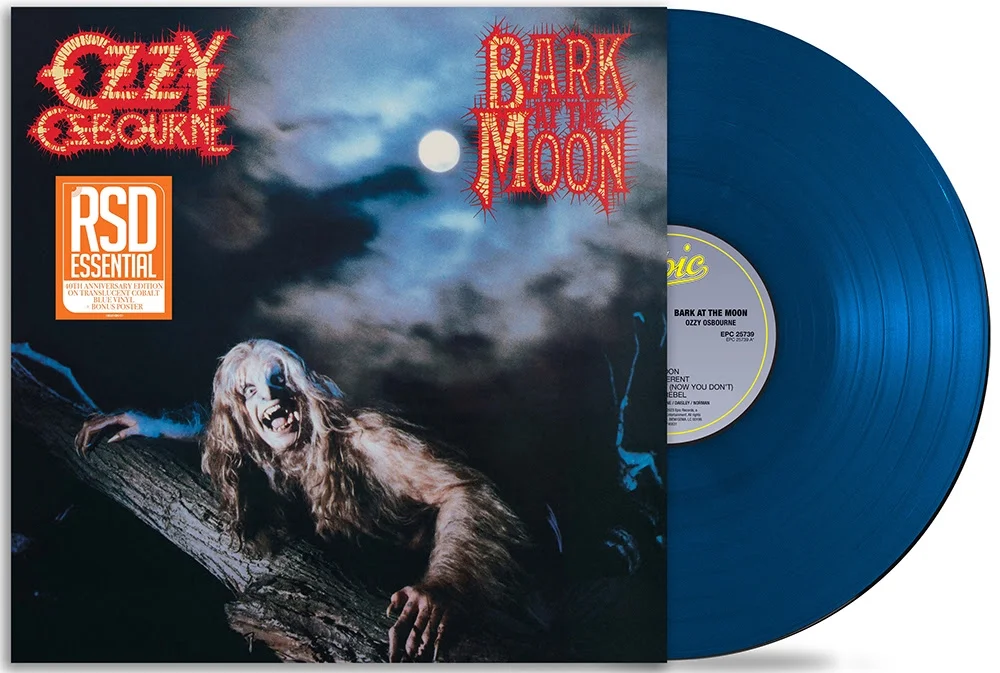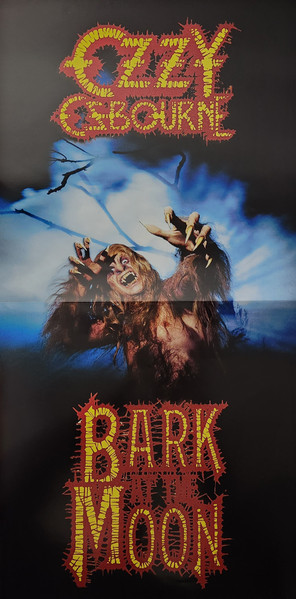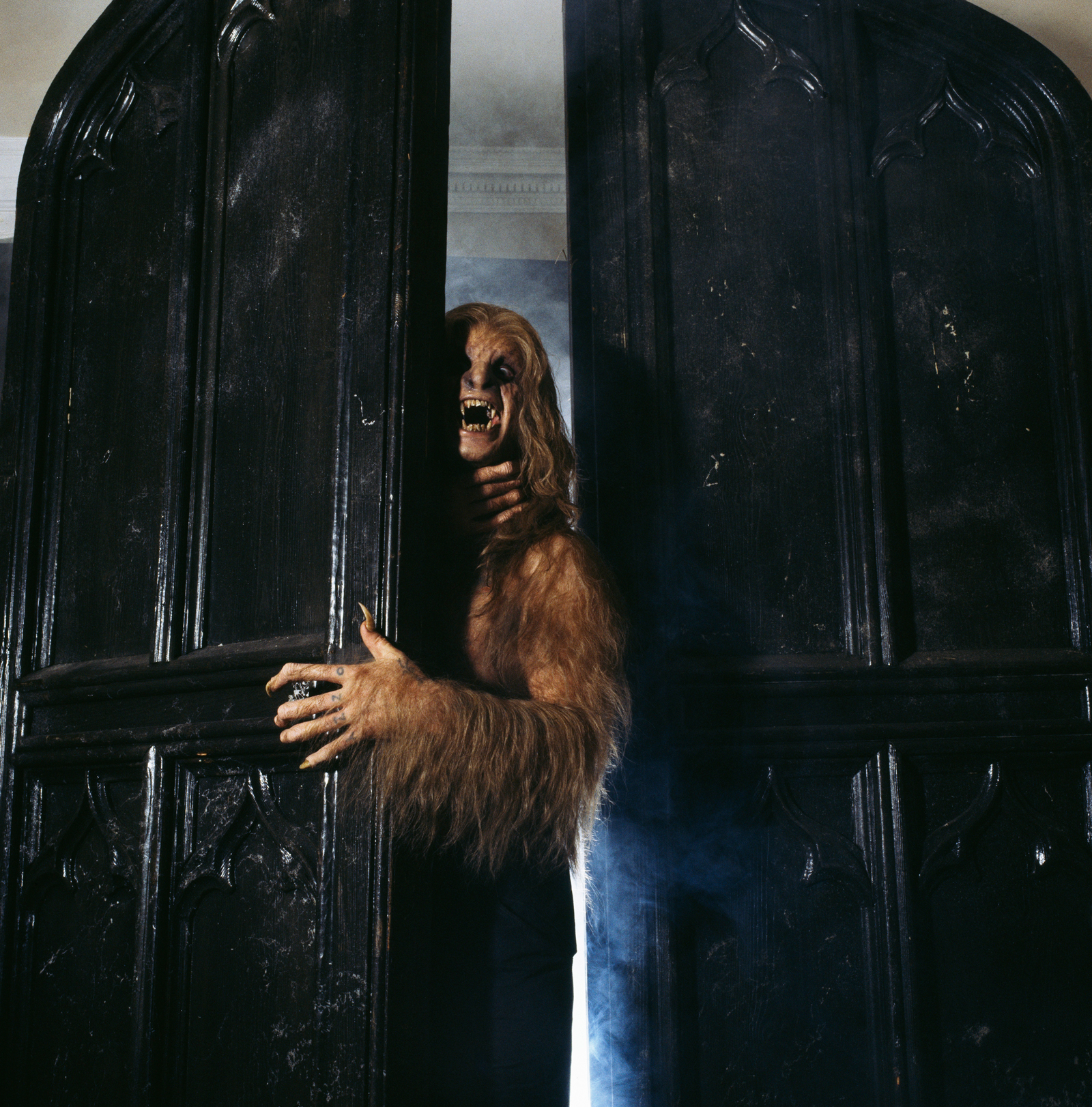40 Years On, Ozzy Osbourne Continues to “Bark at the Moon”
Reissues from The Prince of Darkness are slowly dripping
Transitioning from the ‘70s to the ‘80s wasn’t easy for Ozzy Osbourne. The Birmingham-born vocalist found himself without a band when the members of Black Sabbath ousted him due to his heightened substance issues. Stuck in a drug-and-booze haze for three months at a Los Angeles hotel, salvation came in the form of his manager and future wife, Sharon Arden, who encouraged Osbourne to pursue a solo career. The impact of his first two solo albums, Blizzard of Ozz and Diary of a Madman, was huge enough for Rolling Stone to place them in the top 20 of their list of greatest metal albums. Tracks like “Crazy Train,” “Mr. Crowley,” and “Flying High Again” exemplified Osbourne’s intent on venturing in a more mainstream direction without running the risk of “selling out.” Most importantly, Randy Rhoads’ virtuosic neo-classical guitar work provided that hint of magic. Everything was firing on all cylinders until March 1982, when Rhoads died in a plane crash.
It was business as usual when Jake E. Lee became Ozzy’s new axeman. Osbourne overcame a period of loss and mourning with 1983’s Bark at the Moon. His werewolf portrayal on the album cover and in the title track’s music video, borrowing elements from Jekyll & Hyde, further fueled his outrageous image. In retrospect, the album is a mere product of the 1980s with its heavy usage of synthesizers by keyboardist Don Airey. Nevertheless, Bark at the Moon retains its edge with heavy yet melodic moments on “Centre of Eternity” and “Slow Down.” The defiance of “Rock ‘n’ Roll Rebel” must’ve spoken to an army of denim-clad headbanging teenagers of the time. A glimpse of some of Osbourne’s hairy personnel politics can be found in the Bob Daisley-penned “Now You See It (Now You Don’t),” with lyrics targeted at Sharon for firing him initially before Rhoads’ death. The melodramatic “So Tired” was a questionable choice of a single, but its placement on the album as the obligatory ballad works well in pacing its flow. The album was another commercial triumph for Osbourne, being certified 3x Platinum by the RIAA.
Despite Ozzy’s legendary stature as the “Prince of Darkness,” his entire catalog, except for select notable albums, has yet to see a widespread vinyl reissue campaign for the general market. Collectors had a feast for the eyes and ears with the release of the See You on the Other Side box set in 2019, a 24-count splatter vinyl monolith fetching (as of writing) an average of $3,000 on Discogs. A pattern of what’s to come may be evident, with Bark at the Moon recently celebrating its 40th anniversary and Legacy giving the album its first vinyl pressing since its initial release.

Legacy provided two editions to commemorate Bark at the Moon’s anniversary: a standard black vinyl pressing and an “RSD Essential” pressing. They did away with the blue CBS label of the US pressing, sticking with the era-appropriate Epic label of the UK pressing. The jacket and printed inner sleeve are faithful to the original pressing, but there is an element of exclusivity with the inclusion of a bonus poster. GZ Vinyl did a phenomenal job pressing a flat, heavy slab of blue cobalt translucent vinyl for the “RSD Essential” pressing, which fits the color scheme of the artwork perfectly. Packaging altogether: 5 moon barks out of 5.

The lack of mastering etchings in the deadwax suggests a cut done by one of GZ Vinyl’s in-house engineers. This pressing sounds how one would expect a metal album to sound: bold and in-your-face. Dynamically, it provides plenty of depth, particularly the synth drones in the title track and the percussive vanishing sound in the chorus of “Now You See It (Now You Don’t),” both guaranteed to rattle your listening floor. The tolling bell, Gregorian chants, and organ heard in the intro of “Centre of Eternity” create an atmosphere full of chill and excitement.
A fascinating footnote worth mentioning is the copyright year of 2019 on the back of the jacket, recycling from the See You on the Other Side box set. If Legacy went as far with this step, why not reuse the metal parts of the speculatively superior Ryan K. Smith cut found in the box set? These are consumer questions the industry will most likely never answer. With original pressings in respectable condition averaging $60 within the US, this reissue for half the price will suffice.




.jpg)







































.png)








